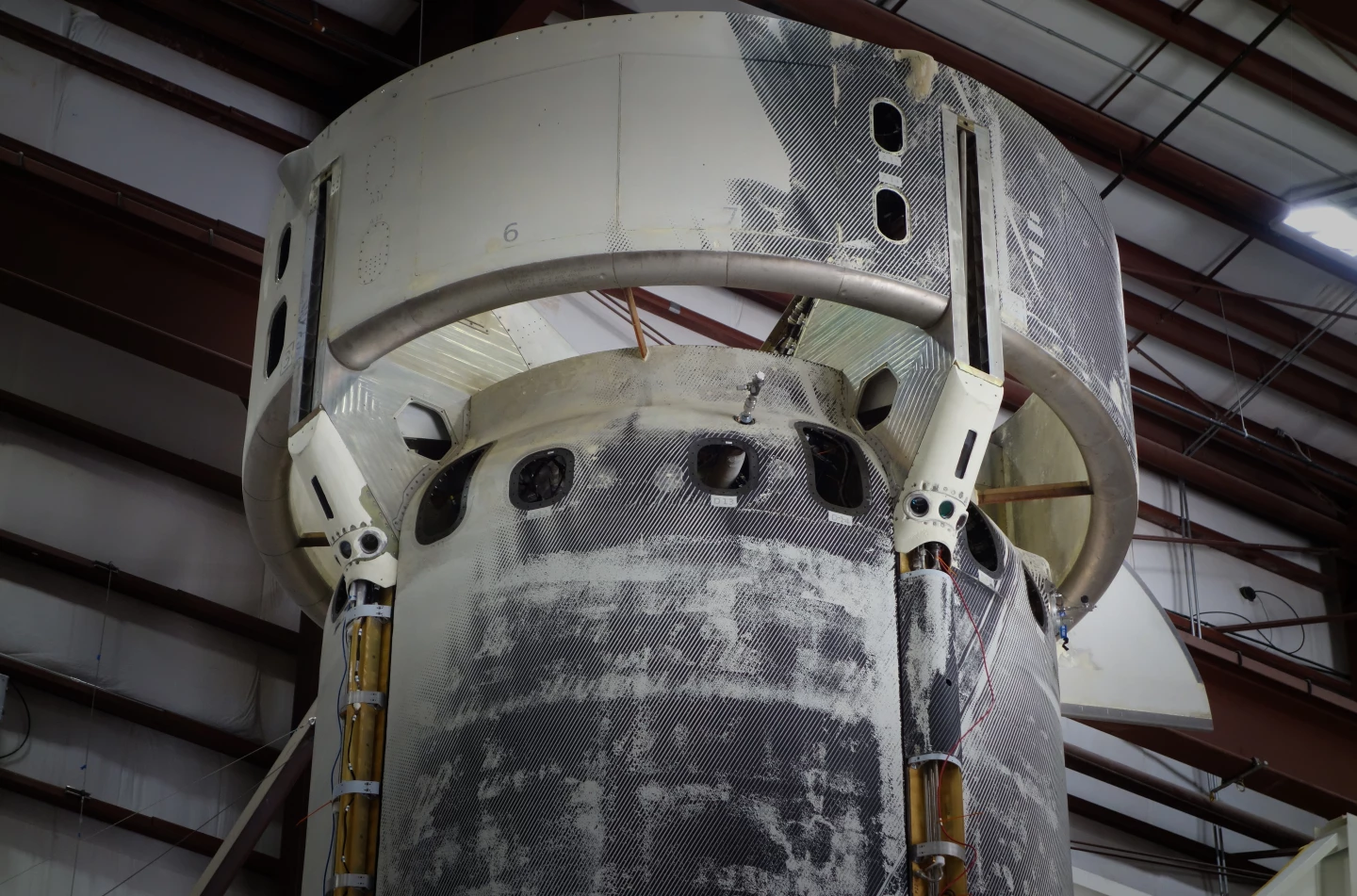Private space company Blue Origin had a doubly successful outing with its New Shepard rocket today, reusing the same booster for a record seventh time and doing so with a particularly important payload onboard. The return trip to space was used to test out a suite of lunar landing sensors for NASA for the first time, which will be key to the agency’s ambitions to return to the Moon.
Today’s flight marked the 13th successful mission for Blue Origin’s New Shepard rocket, which the company hopes to one day use to carry well-heeled tourists to space where they can experience a sense of weightlessness before returning to Earth. That it did so using the same booster for a seventh time bodes well for Blue Origin’s reusability ambitions, while the payloads carried aboard also demonstrate its capabilities as a platform for scientific research.
A dozen payloads were sent to microgravity as part of the NS-13 mission, including a hydroponic plant growth experiment for Space Lab Technologies, asteroid sampling technologies for Southwest Research Institute and spacecraft cooling technologies for NASA. Most notably, however, was the Deorbit, Descent, and Landing Sensor Demonstration, which became the first payload to be mounted to the outside of the New Shepard booster.
This sensor suite is designed to enable precision landings on the lunar surface for both robotic and crewed missions, to within 100 m (330 ft) of a targeted location. The exercise was part of NASA’s Tipping Point program, which is aimed at developing breakthrough technologies through investments and partnerships with private American space companies.

The sensors were installed on the upper section of the New Shepard rocket leading up to launch, along with a landing computer and other hardware. Data collected throughout the 10-minute flight will help NASA understand how these different components work on a trip with some similar characteristics to a mission to the Moon.
This involved reaching an altitude of 105 km (65 mi), with the components required to operate in microgravity and the vacuum of space, before the sensor systems handled the controlled descent. The type of precise landings offered by these technologies will allow NASA to target sites not possible during the Apollo missions, including uneven terrain in close proximity to craters.
Today’s flight was the first of two planned missions to test out these lunar landing technologies.
You can watch the mission replay below.
Source: Blue Origin





